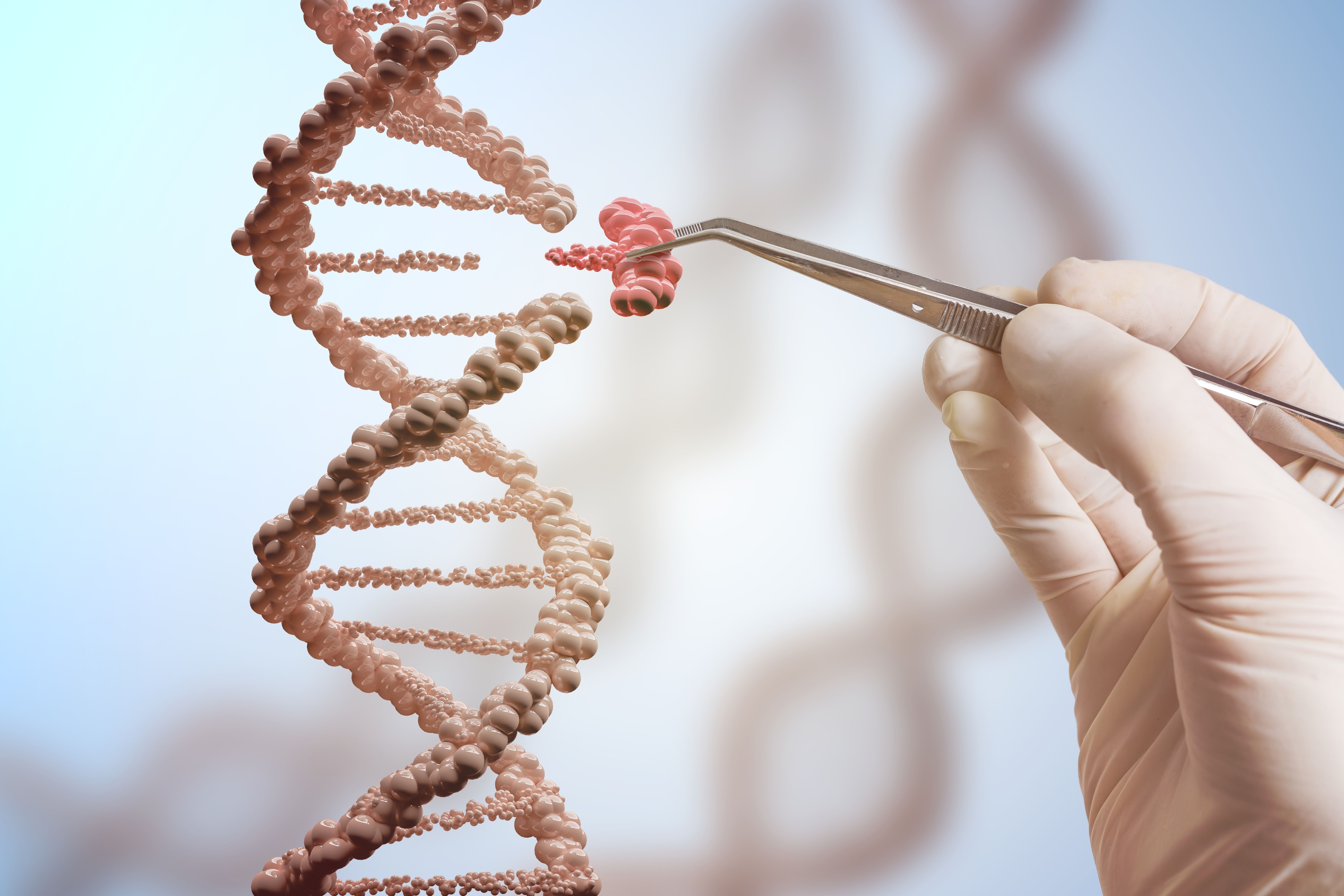Article
Researchers Identify Protein That May Be Indicator of Treatment Response in SMA
Author(s):
With responses to current treatments varying among patients with spinal muscular atrophy (SMA), the researchers emphasized the importance of more prognostic markers for improved decision making.
A lysosomal aspartyl protease highly expressed in the central nervous system and in skeletal and cardiac muscle may serve as a potential new biomarker in spinal muscular atrophy (SMA), found a group of researchers.
The group, validating cathepsin D in samples of cerebral spinal fluid (CSF) from patients with SMA, found that the protein may be an indicator of treatment response. With responses to current treatments varying among patients with SMA, the researchers emphasized the importance of more prognostic markers to better assist with decision making in the rare disease.
The 29 samples included in the study were collected from patients receiving nusinersen. Analyses of the samples showed that there were significant drops in cathepsin D levels among all patients who were aged at least 2 months at the beginning of treatment. Compared with the significant decrease seen in older patients, levels of cathepsin D increased in patients who were aged under 2 months.
“No physiological inhibitor of Cathepsin D exists in eukaryotic cells, hence the observed decline in patients ≥2 months of age is more likely to be secondary to changes in neuronal protein hemostasis than to yet unidentified other regulatory mechanisms,” explained the researchers. “We hypothesize, that Cathepsin D serves as a biomarker of neurodegeneration and disease activity, which decreases slowly in natural history.”
The researchers observedthat over the 300 days of treatment, declines were only significant among the group of 14 patients who responded to treatment. There was a trend, albeit less pronounced, among patients who did not respond to treatment. Baseline levels of cathepsin D also had implications for treatment response. Baseline values of the protein were lower among patients who responded to treatment than among those who did not response.
Among patients who were aged 6 years or older, the decrease in cathepsin D levels persisted (paired t-test: day 1 vs. day 63, P = .016).
“Although our cohort was too small to compare age-groups and SMA subtypes within the group of ‘treatment responders’, we believe these results to be very promising as they indicate suitability of Cathepsin D levels to serve as biomarker in SMA also in older patients – in combination with analysis of pNF-L in adolescents or alone in adult patients,” commented the researchers. “However, further validation studies in larger cohorts and in easier to obtain biomaterials like serum samples will be needed to validate the applicability across different treatment regimens.”
The researchers also found that cathepsin D is downregulated in human SMA muscle, based on 7 muscle biopsies from treatment-naïve patients.
The potential of cathepsin D as a biomarker was originally revealed by the researchers during an untargeted proteomic analysis of samples of CSF from 3 patients with SMA type 1. Profiling of the samples was performed on days 1, 14, and 180 of nusinersen treatment. In addition to cathepsin D, upregulated Cyclophilin A was identified as a possible link to amyloid-associated pathophysiology.
Reference
Schorling D, KölbelH, Hentschel A, et al. Cathespin D as biomarker in CSF of nusinersen-treated patients with spinal muscular atrophy. Eur J Neurol. Published online March 23, 2022. doi: 10.1111/ene.15331





